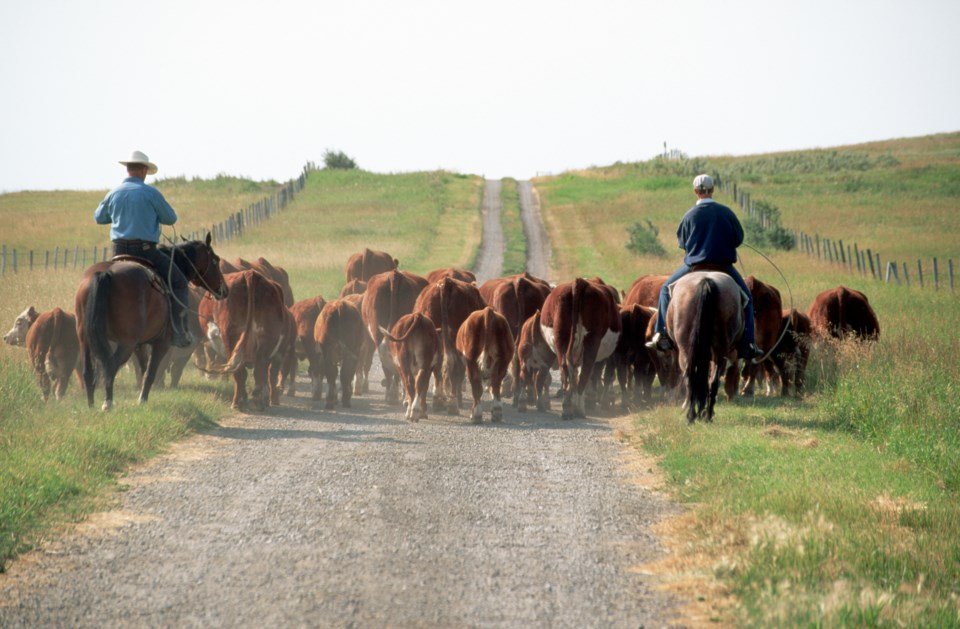The first quarter of 2023 has been déjà vu for cattle producers, said Canfax executive director Brenna Grant.
It’s 2015 all over again — so far.
Grant said cattle prices this year have marched in lockstep with the first quarter of 2015, which set record highs.
The question is what will happen in the second half of the year?
Back then, prices rode a rollercoaster to the top but then took a toboggan ride down the hill in the second half. Grant said that was abnormal.
“We really need it to be different this time around,” she told the Livestock Summit organized by the Agricultural Producers Association of Saskatchewan.
Fed cattle prices in Alberta reached record highs mid-March and continue to see one of the strongest spring rallies in the last 15 years, she said. Leverage is shifting from packers to feedlots across North America as supplies tighten.
Cow prices reached $132 per hundredweight, the highest since September 2015.
“For a couple of weeks there it looked like we were going straight up, which is fairly exciting,” she said in an interview. “We’ve got to remember that we’re seeing cow slaughter in the (United States) pull back significantly from the levels we saw last year. We’re seeing lots of concern about the potential for recession and during a recession, ground beef tends to perform really well.”
One difference from 2015 is the U.S. herd had been expanding for about 18 months. This time around, it has been in a liquidation phase. As of Jan. 1, the U.S. cow herd is down 3.5 percent and down nine percent from its 2019 peak. Grant said the U.S. Department of Agriculture predicts beef production will be down nearly six percent.
Changing weather patterns could alter that. The return of a strong El Nino is expected to mean more rain this summer across North America. In contrast, Australia, which has been expanding, is likely to be drier and then move into contraction, as is Brazil.
“We know with tight supplies, price has to go somewhere,” Grant said.
USDA projects cutouts might increase by an “outrageous” 62 percent, she said.
Looking at it from a margin perspective, she said lower feed prices in 2015 meant feedlots had positive margins. Today, feedlots are looking at breaking even because feed costs are higher.
Grant said to have the same margins today, beef prices would have to go up 74 percent.
The record high feed prices have resulted in expansion of grass-fed and India’s buffalo meat production. Grain-fed production has been steady for the last 20 years.
Calf prices are approaching record highs, tracking closely with 2015. The weaker Canadian dollar accounted for much of the increase in the last quarter of 2022 and the strength in the first quarter is fundamental supply and demand being priced into the market, Grant said.
Feeder prices are continuing strong, supported by futures. The exchange rate and historical basis suggest prices will surpass 2015 in the third quarter as cattle come off grass.
Grant noted that Livestock Price Insurance is offering calf coverage above $3 a pound for September through November.
She also said there may be opportunities for producers to rebuild this year after drought-related selloffs.


